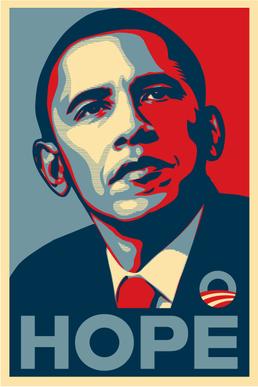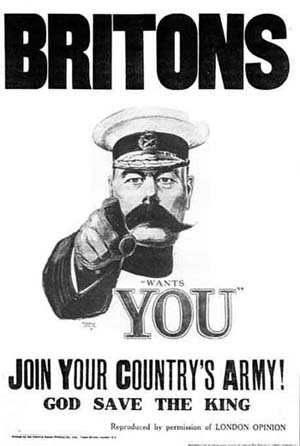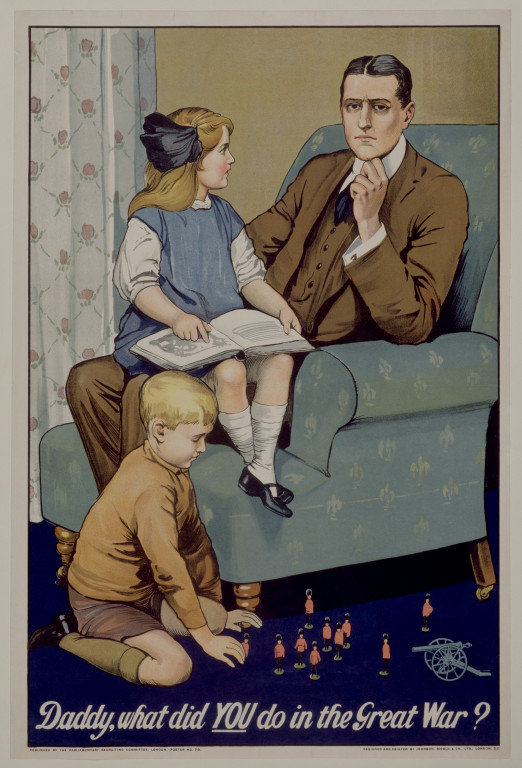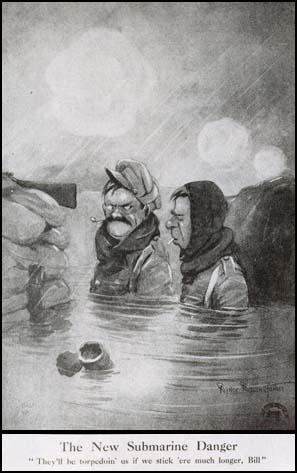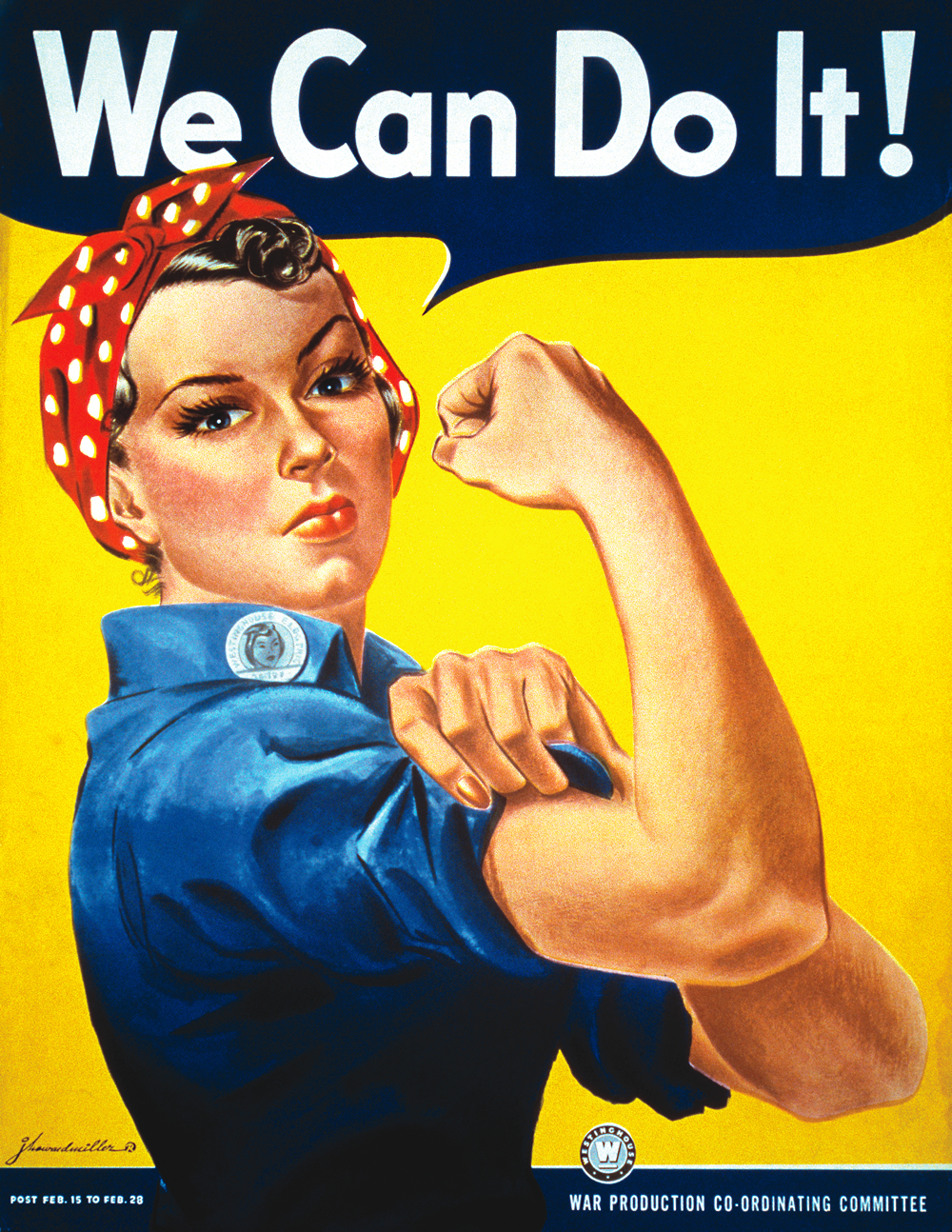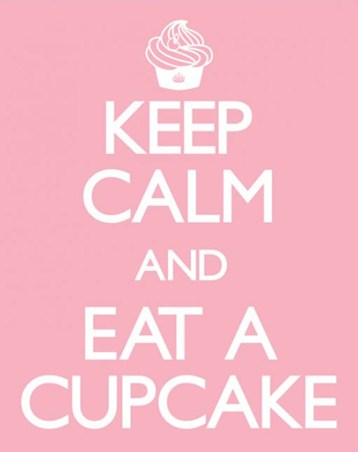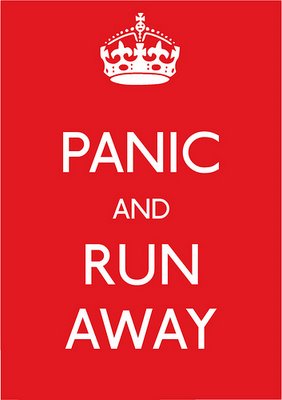This workshop was all about creating an alphabet and creating our own font from drawing out letters in different styles and then picking our strongest letter designs to create a more consistent font of one style. We were also asked to think about what our fonts would be used for when creating our alphabets.
Here are my initial letter designs done using pencil:
From looking at these different letter designs I felt the ones that worked well and I liked most were the script/loopy type letters and also the ornamental/decorative type letters which were inspired by vintage typefaces I have seen, and reminded me of typography used to advertise a circus or fun fair.
I decided to do a full alphabet using the script letter designs and here was the result which I felt looked quite art-nouveau in it's appearance although this was not a conscious decision.
For this we did both lower and uppercase letter designs, and to make the font work and the letters correspond I tried to put a loop in every upper-case letter and then made the lower-case letters more focused on the curves of the terminals.
Once I had created a full alphabet I then began to draw the letters on a larger scale using grids:
I found using the grids quite challenging as my letters feature lots of curves and loops which were quite hard to draw within the rigid grid format.
Overall I enjoyed this workshop as I am interested in and really like hand-lettering and creating letter designs and fonts by hand, and found the freedom of the workshop nice to be able to create a font from my own inspirations and have fun with designing an alphabet without too much pressure on measurements being perfect, but also then thinking about what my created typeface could be used for, for instance my font is quite cursive so could be used as a title or heading font.







